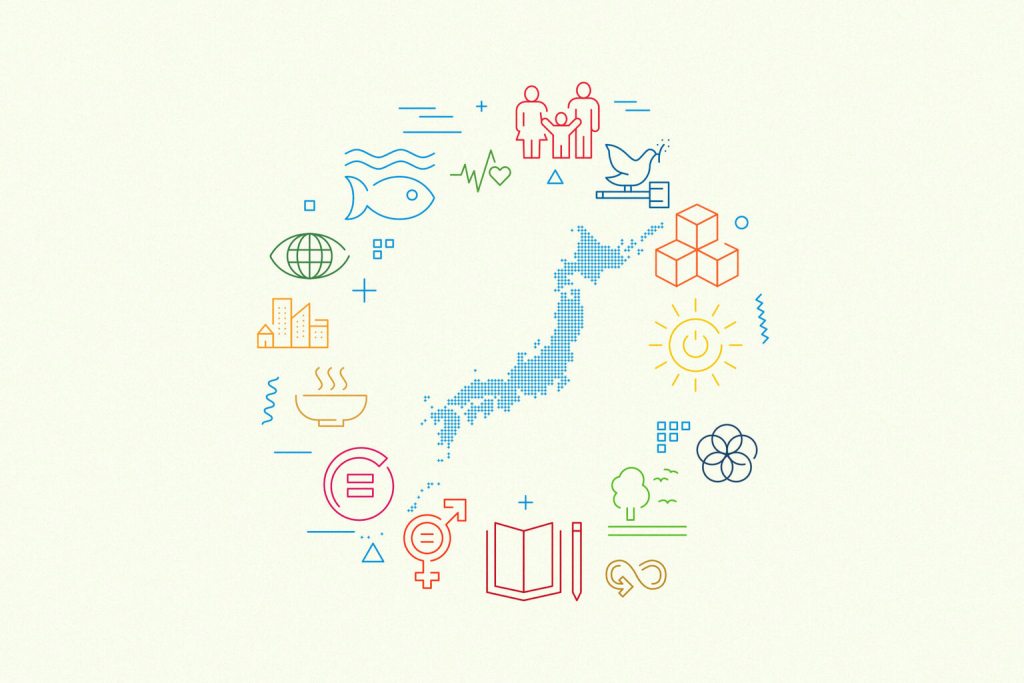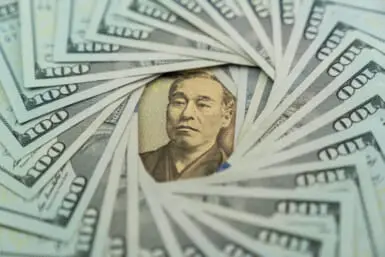In Japan, Sustainable Development Goals (or SDGs for short) are often associated with the current climate crisis. But SDGs cover a wide range of issues, ranging from gender inequality to hygiene. The goals are divided into 17 categories, each with its own series of targets. Goals 2 (Zero Hunger), 3 (Good Health and Well-being) and 6 (Clean Water & Sanitation) are specifically targeting a betterment of health and quality of life.
In the last two years, Japanese companies have taken remarkable steps in getting closer to achieving various SDGs on a national and local level. Below, we highlight some noteworthy initiatives.

Government and Municipal Initiatives at a Glance
Leading the SDG initiatives is, unsurprisingly, the Japanese government. Japan has taken on a long list of challenges, primarily focused on creating long-term partnerships. For residents of Japan, however, two goals in particular stand out. With current and future international residents in mind, the Japanese government is committed to translating Japanese laws into English. The idea is to make legal documents more accessible to facilitate foreign trade and allow residents of Japan to navigate the country’s judicial system.
The Japanese government is also moving forward to tackle bullying. In 2020, a study conducted by the Ministry of Education, Culture, Sports, Science, and Technology (MEXT) showed that bullying was reported at 83% of schools in Japan. Past initiatives relating to this goal ranged from counseling and awareness campaigns.
Some local municipalities have also taken up the challenge of creating sustainable cities. In Fukuoka Prefecture, Kitakyushu’s Higashida neighborhood is working with over 75 private companies and research institutions to create a sustainable Super City to support a thriving local economy and reduce residents’ carbon footprints.
In Tokushima Prefecture, Kamikatsu is working towards becoming a 100% zero-waste town. In 2019, the town successfully recycled 80.7% of its waste and will keep collaborating with local businesses and industries to reach their goal. The town’s remarkable recycling program separates trash into 35 categories. (In comparison, Tokyo’s 23 wards usually only have only four categories, excluding large and bulky items, such as furniture.)

Japanese Companies Tackling SDGs
In addition to government and municipal initiatives, Japanese companies are also finding ways to contribute to SDGs within the limits of their industries. Japan Airlines (JAL), for example, has its Table For Two Employee Cafeteria program. Table For Two promises to donate ¥20 per menu item sold throughout JAL establishments to African countries in need. According to JAL’s website, ¥20 is equivalent to one school lunch in developing countries.
Smart Vision Logistics (SVL), a Japanese company hoping to revolutionize the logistics industry by optimizing delivery services, is doing its part by promoting a diverse and inclusive workplace. Specifically, SVL is creating a space for women to thrive within the company and celebrating their contributions.
Saraya, who produces Japan’s top eco-friendly detergent, has established itself as a frontrunner in the industry by committing to continue production of their Yashinomi detergent with sustainable palm oil. The company donates one percent of sales to the Borneo Conservation Trust, which strives to restore devastated rainforests in Malaysia.

As Japan’s leading hygiene solutions company, Saraya is also proactive in helping communities in Uganda through a collaboration with UNICEF. Their initiative, Wash A Million Hands!, aims to up the number of handwashing facilities and develop hand-washing habits throughout the country. This initiative was so successful that the term “Saraya-ing” came to be local slang to refer to someone washing their hands.
Sponsored Post









